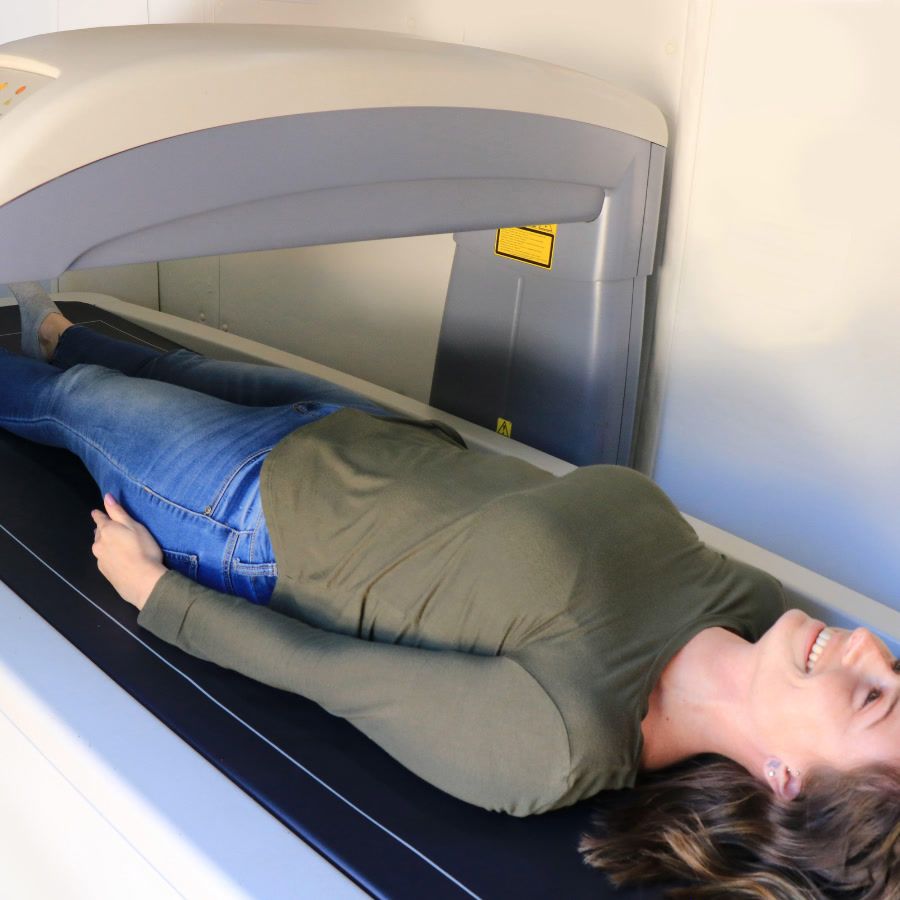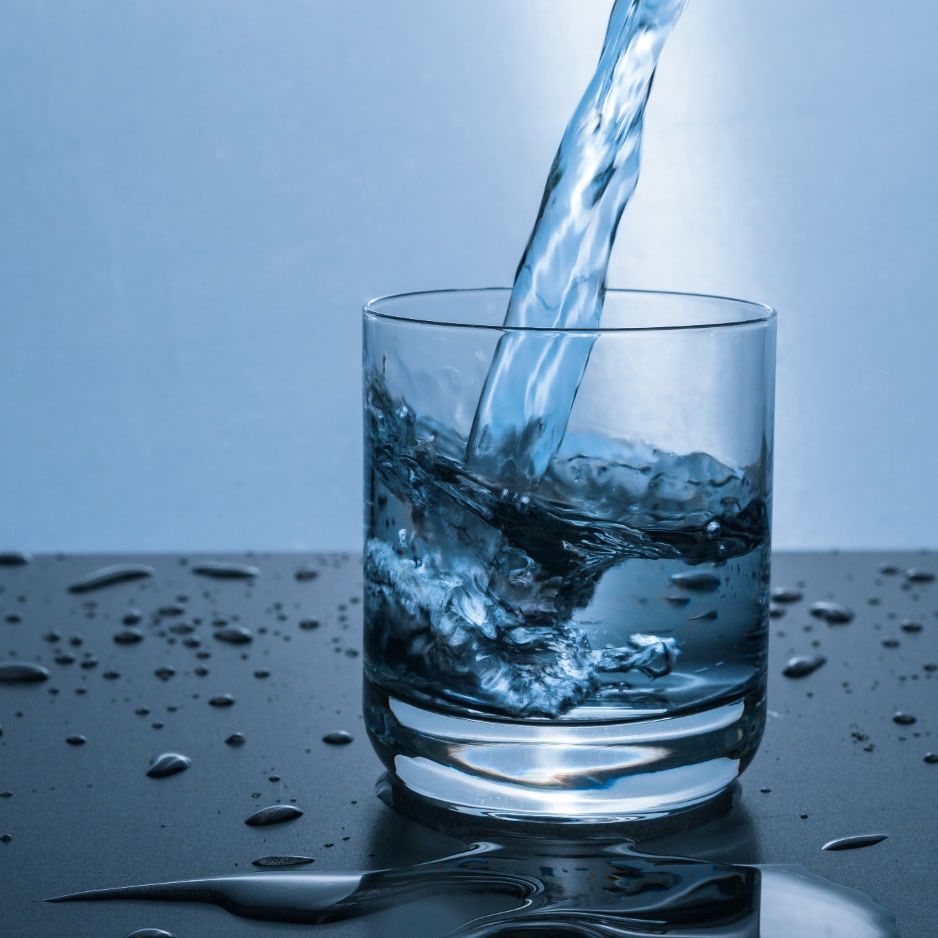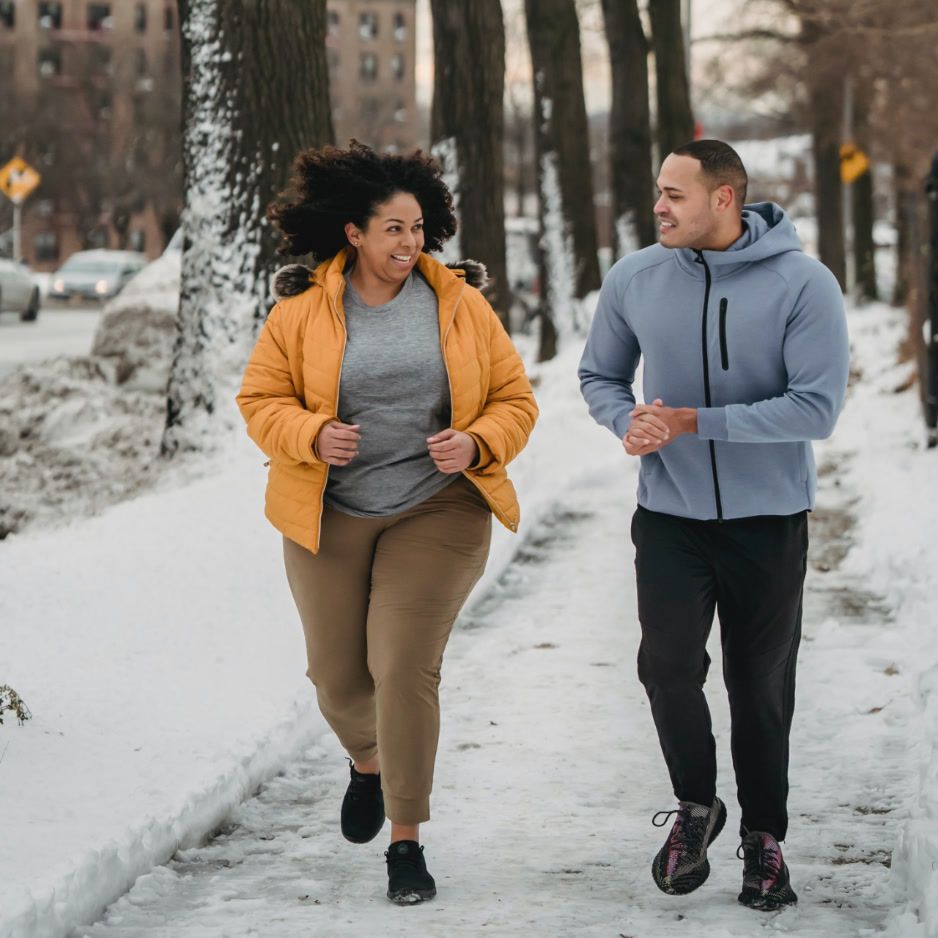DEXA vs MRI
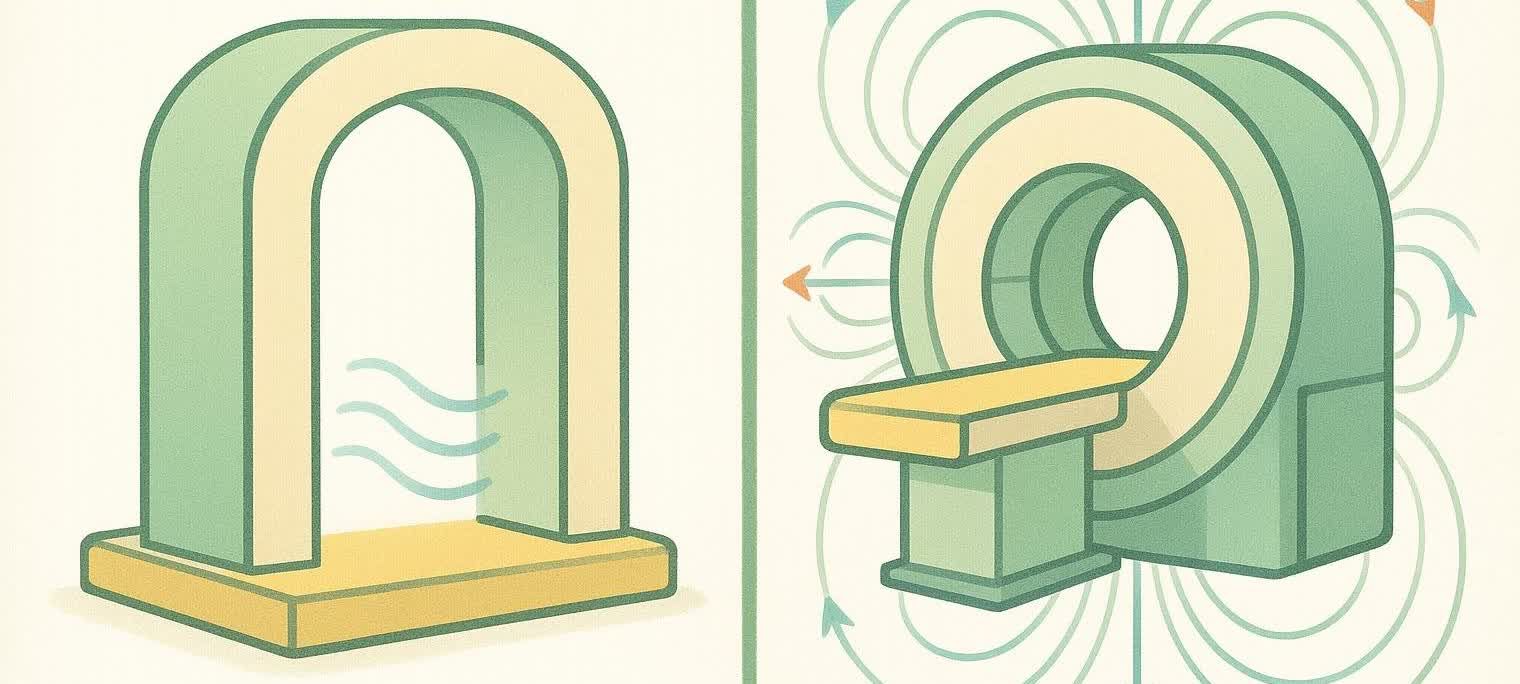
DEXA vs MRI: Which Imaging Tool Is Best for Body Composition (and Bone Density)?
TL;DR – If you need a quick, low-dose snapshot of your body fat, muscle mass, and visceral fat—plus bone density as a bonus—a DEXA scan is the practical winner for most people. MRI shines when doctors need high-resolution images of specific soft-tissue areas or when very large bodies push DEXA beyond its limits. Below we unpack the science, safety, and cost details so you can choose with confidence.
Fast Comparison Table
| Feature | DEXA | MRI |
|---|---|---|
| What it measures best | Total & regional fat, lean, and visceral fat; bone mineral density (BMD) | Soft tissues (organs, ligaments, tumors); regional muscle & fat volumes |
| Radiation | Very low (≈ 0.5 – 5 µSv – similar to eating 4 bananas) | None |
| Scan time | 6 – 10 minutes | 30 – 60 minutes |
| Typical cash price (US) | $40 – $150 (BodySpec starts at $40) | $800 – $3,000+ |
| Insurance coverage | Sometimes for osteoporosis; rarely for body comp | Often for diagnostic indications; none for routine body comp |
| Weight limit | ~350 lb (varies by table) | 350 – 550 lb (wide-bore units) |
| Claustrophobia concerns | None (open table) | Possible (enclosed bore) |
| Best use cases | Tracking changes in body fat, muscle & visceral fat; routine bone checks | Detailed injury evals, tumor detection, research-grade segmentation |
Sources: manufacturer specifications, Medicare fee schedules, and peer-reviewed validation studies (e.g., Pritchard et al., 2022).
How the Technologies Work
What Is a DEXA Scan?
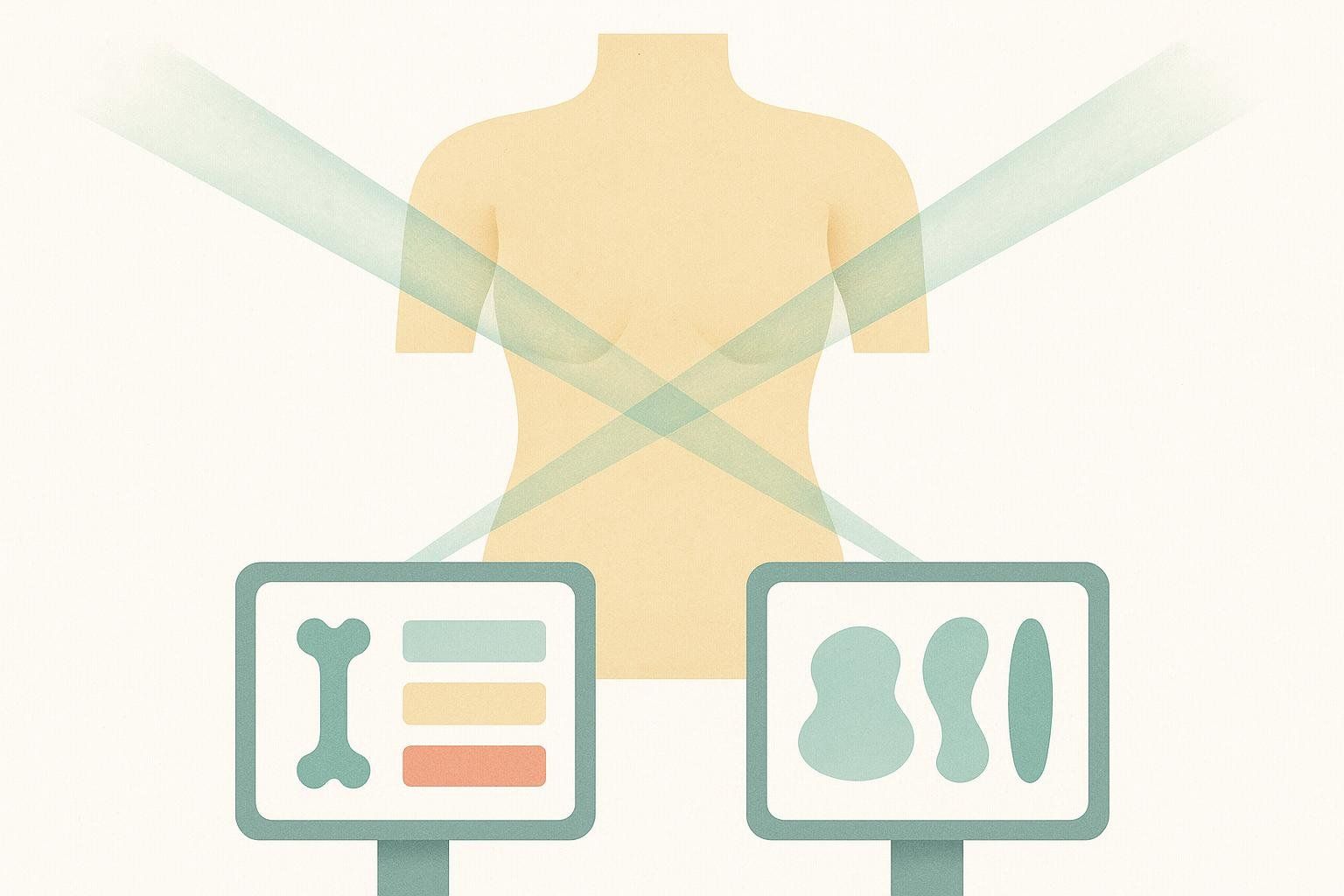
Dual-Energy X-ray Absorptiometry (DEXA) passes two X-ray beams of different energies through your body. Because bone, fat, and lean tissue absorb X-rays differently, software can calculate bone mineral density and segment your body into fat, lean, and visceral-fat compartments. The dose is extremely low—about the radiation you’d get from a cross-country flight. (For a deeper dive, see “Do DEXA Scans Have Radiation? Yes, About As Much as Eating 4 Bananas”.)
“Our athletes love that we can scan them on a lunch break and have numbers to discuss before practice,” notes a collegiate strength coach who relies on quarterly DEXA scans for roster-wide body-composition tracking.
What Is an MRI?
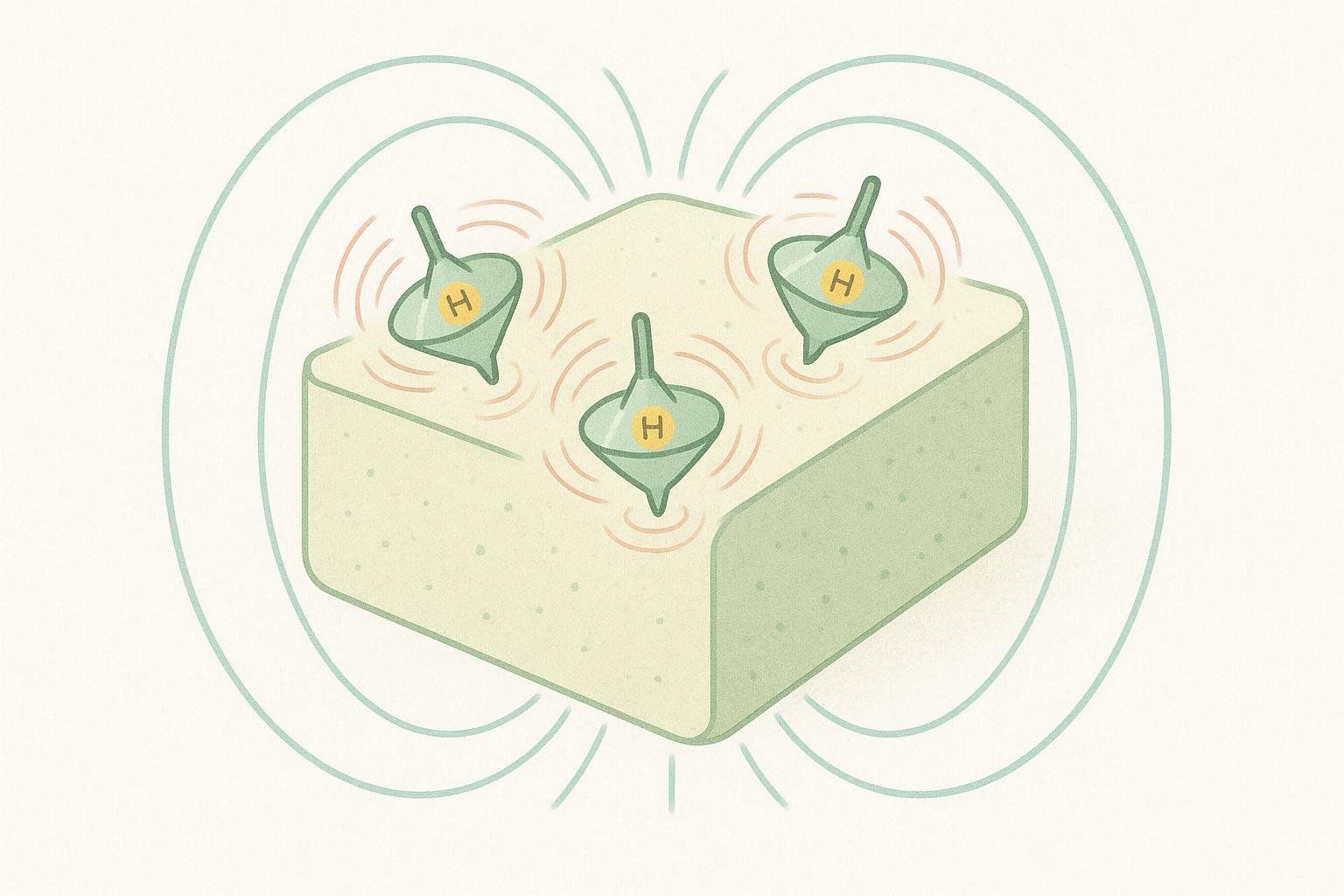
Magnetic Resonance Imaging uses a strong magnetic field (1.5 T – 7 T) and radio waves to excite hydrogen atoms in your tissues. When the atoms relax, they emit signals that a computer converts into detailed images—especially of soft tissue. Unlike CT, MRI emits no ionizing radiation. However, it’s slower, louder, and less comfortable for anyone with claustrophobia or metal implants.
Radiologists point out that MRI’s ability to visualize cartilage and ligaments in exquisite detail makes it indispensable for diagnosing complex joint injuries—even if it’s overkill for routine body-comp checks.
Accuracy: Head-to-Head Evidence
Body Composition (Fat, Lean, Visceral Fat)
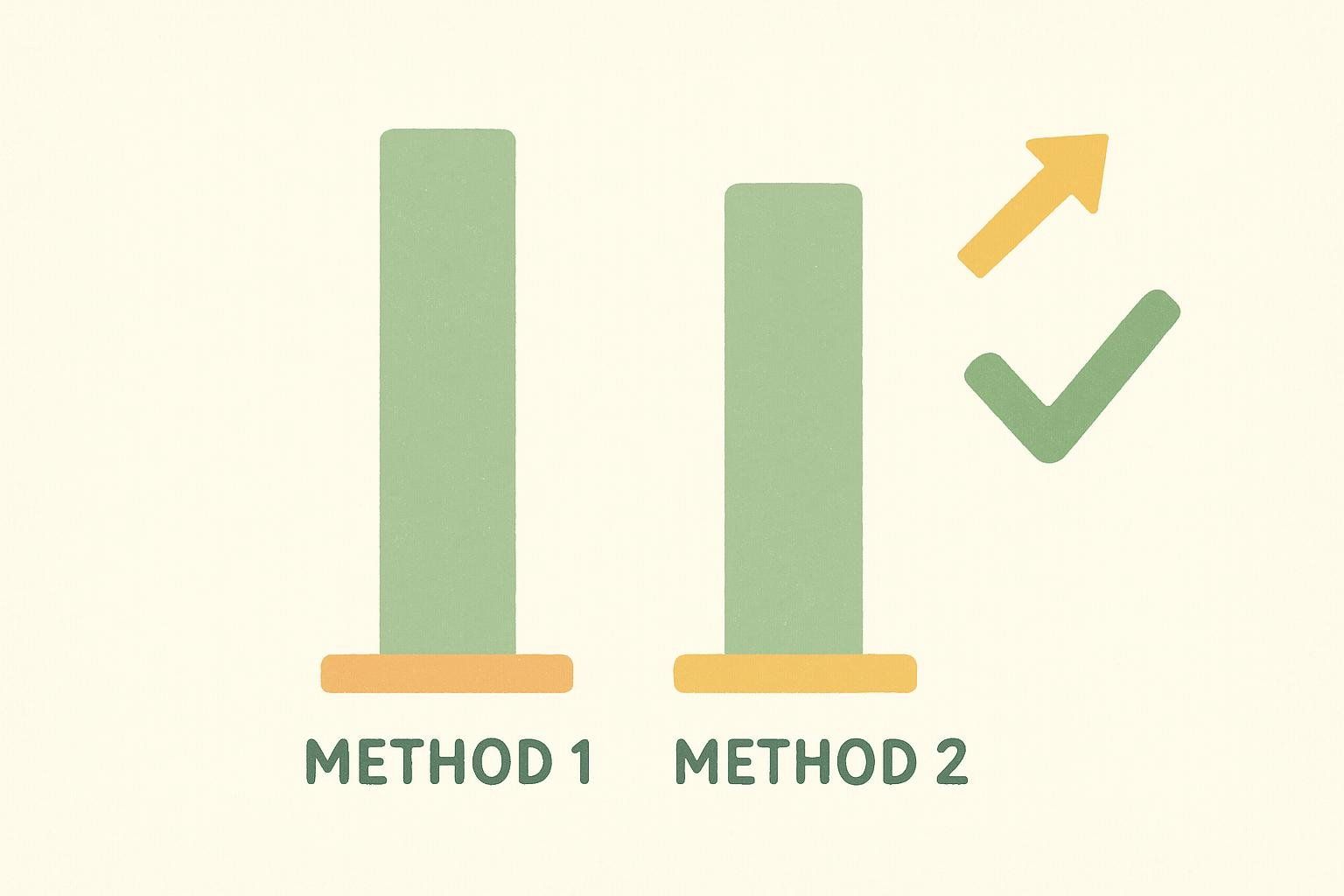
• In a study of collegiate athletes, DEXA and MRI visceral-fat volumes were strongly correlated (r = 0.88), though DEXA slightly over-estimated VAT at high volumes (> 600 cm³) (Pritchard et al., 2022).
• UK Biobank data (17,000+ participants) showed DEXA captured ≈ 95 % of MRI-derived fat-mass variance but over-estimated lean mass by 1–2 kg in very muscular individuals (Cheng et al., 2024 preprint).
Take-home: For everyday body-composition tracking, DEXA’s ~1 – 2 % repeatability makes it more than precise enough. MRI offers marginally higher absolute accuracy, but at far higher cost and effort.
Bone Density
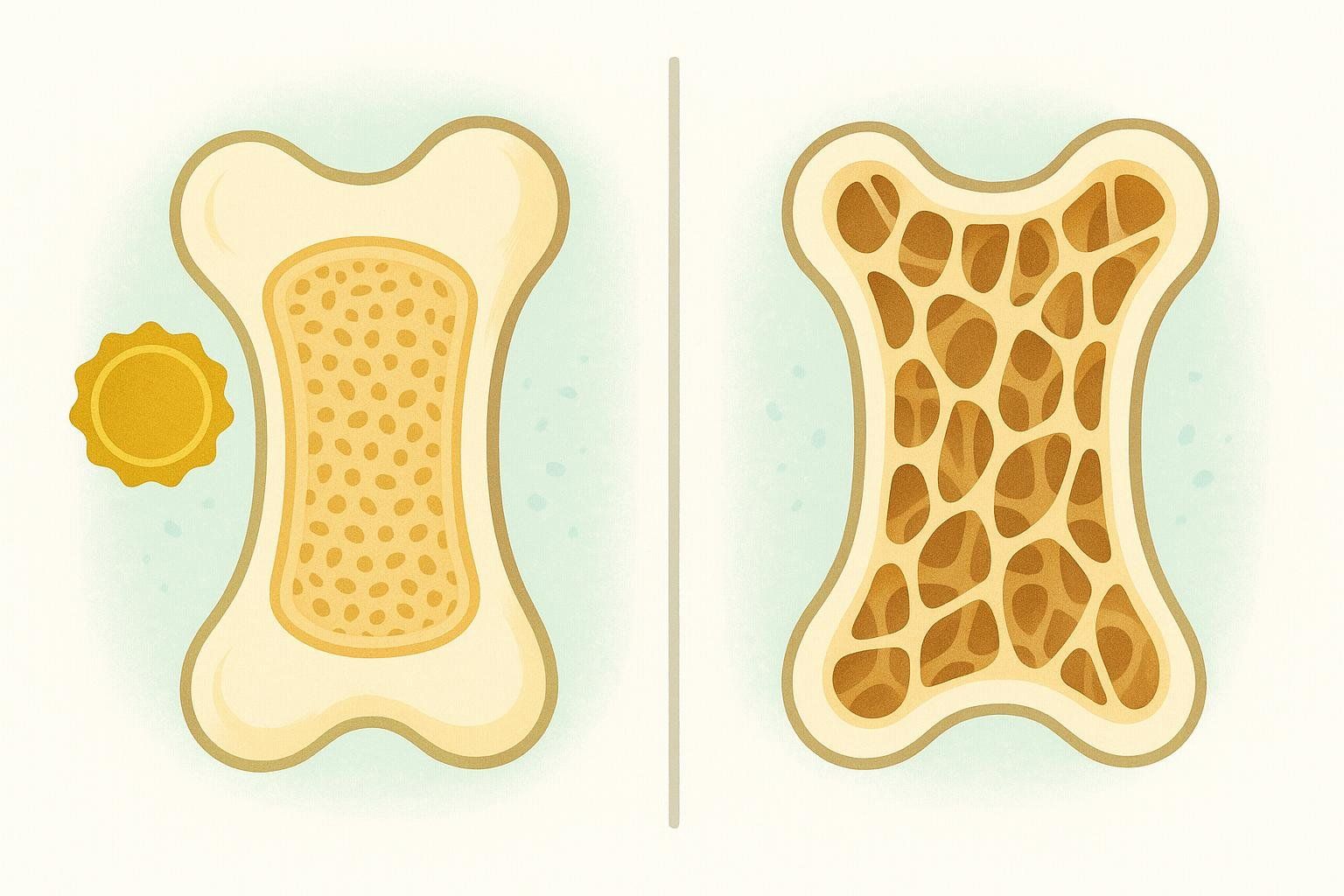
DEXA is still the clinical gold standard for diagnosing osteoporosis and tracking treatment—so much so that MRI is almost never used for bone-density measurement in adults. A 2024 systematic review reported correlation coefficients (r = 0.85 – 0.93) between MRI signal intensity and DEXA T-scores but concluded MRI was impractical for routine screening (Zhao et al., 2024).
According to endocrinologist Dr. Maya Patel, “Every major osteoporosis guideline is written around DEXA T-scores. Until MRI develops standardized reference ranges, it remains a complementary, not replacement, tool.”
Safety & Comfort
Radiation Exposure
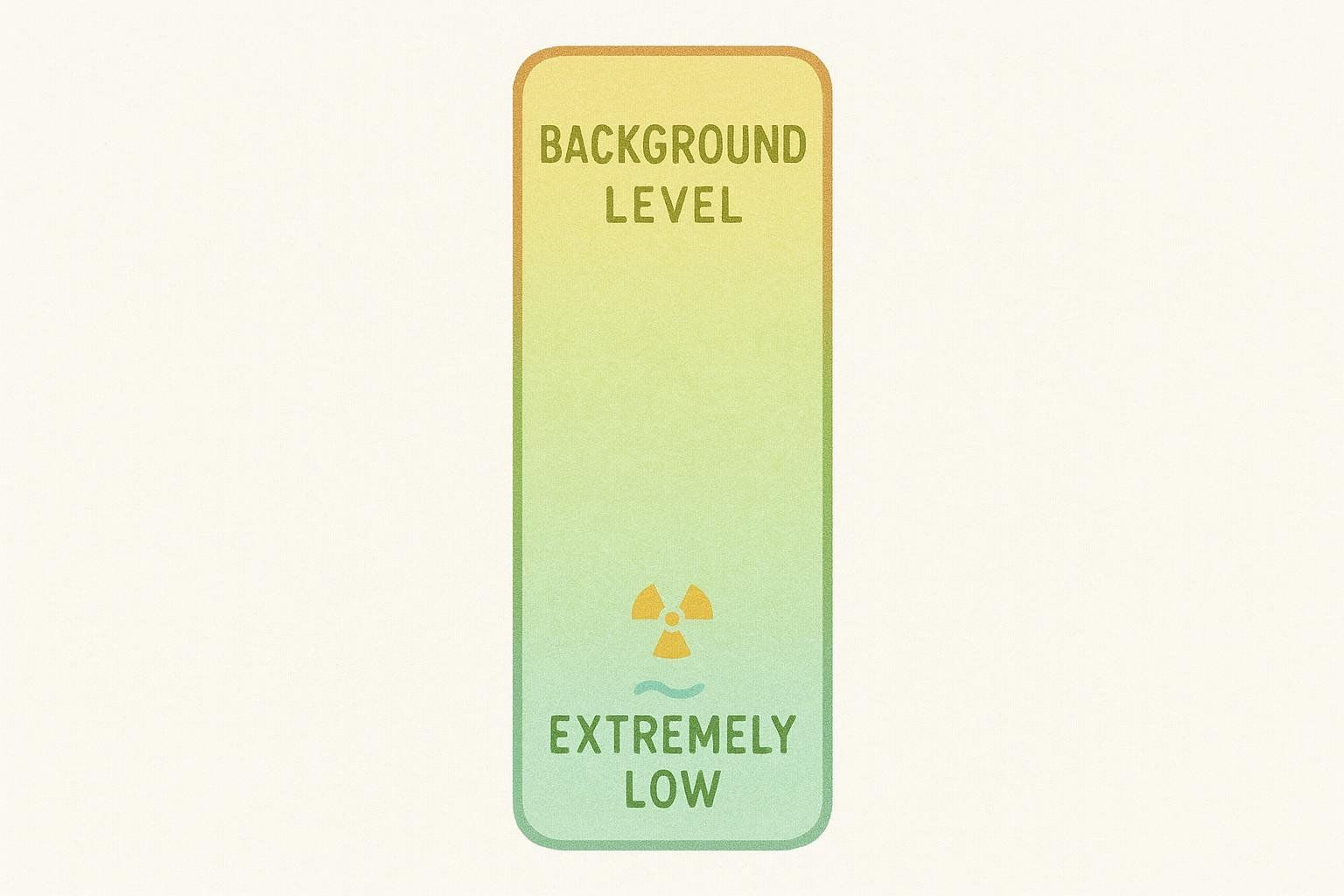
DEXA’s effective dose is around 0.5 – 5 µSv—roughly what you absorb during 12 hours of normal background exposure. MRI, of course, emits none. For pregnant patients, MRI is typically preferred, although DEXA doses remain below most fetal exposure thresholds.
Claustrophobia, Noise & Metal
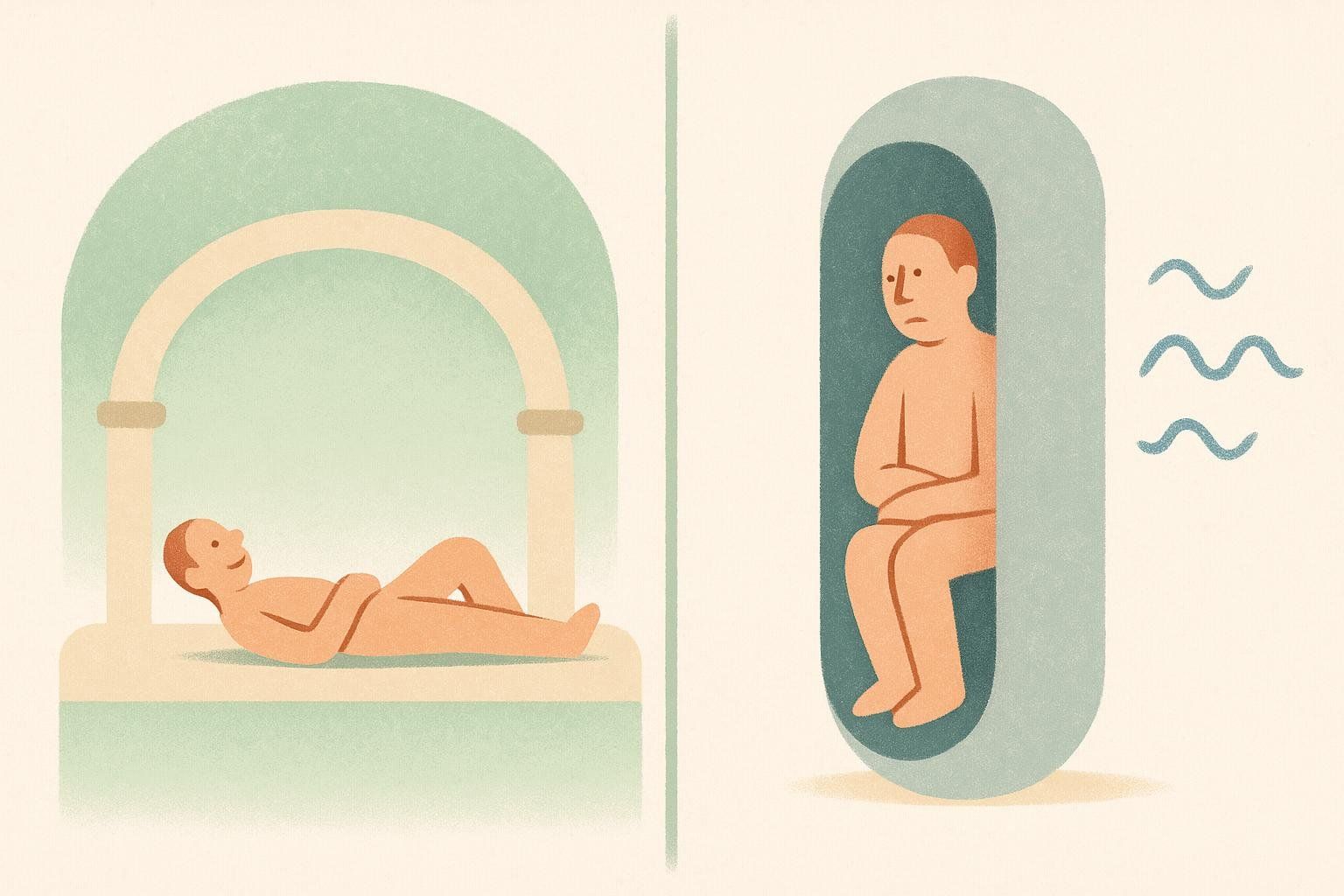
• DEXA: Open table; silent; no magnetic field.
• MRI: Enclosed tube; loud (≥ 95 dB—ear protection required); contraindicated for pacemakers and some metal implants.
Patient perspective: “I nearly fell asleep during the DEXA—but the MRI was so loud I could feel the vibration in my chest,” recalls one BodySpec client who has undergone both scans.
Scan Length & Scheduling
A full-body DEXA scan takes under 10 minutes and is offered by mobile clinics like BodySpec with same-week appointments. MRI often requires prior authorization and 30 – 60 minutes inside the bore.
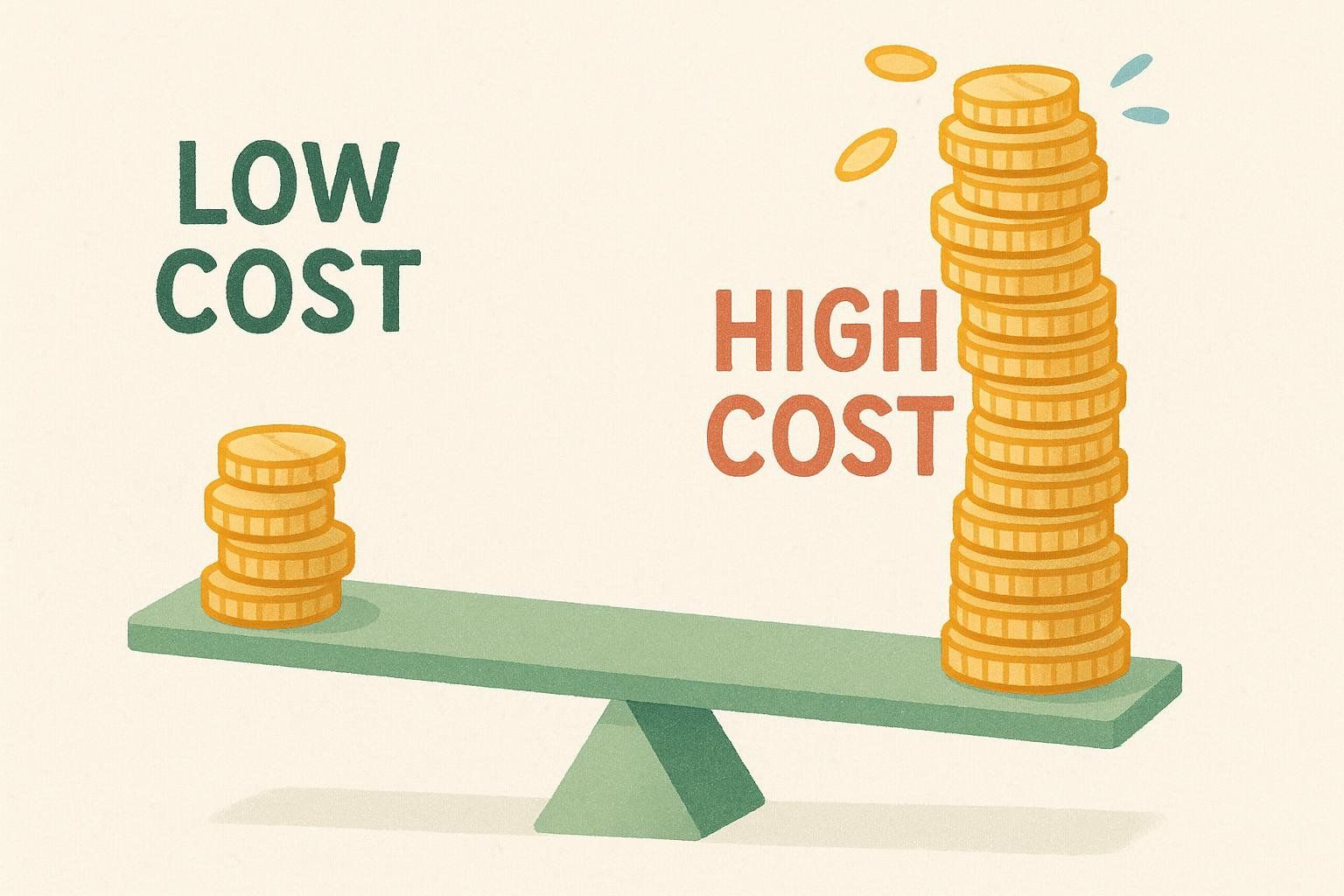
Cost & Insurance Realities
| Scenario | DEXA* | MRI* |
|---|---|---|
| Routine body-composition tracking | $40 – $150 cash (BodySpec starts at $40) | Not covered; typically $1,000+ |
| Osteoporosis screen (Medicare age 65+) | $0 copay with qualifying ICD-10 code | Rarely covered |
| Soft-tissue injury evaluation | Not indicated | Usually covered if ordered by physician |
Average US 2025 prices; may vary by region and facility type.
BodySpec’s full-body composition DEXA scans start at just $40 and include a detailed report plus personalized coaching tips—no doctor’s order required. Book your scan
When to Choose Which Scan
Choose DEXA If You…
- Want to track changes in body fat, muscle mass, and visceral fat during a fitness, weight-loss, or health-optimization program.
- Need periodic bone-density checks as a bonus metric.
- Prefer a quick, low-cost scan you can repeat every few months.
- Have metal implants that rule out MRI.
- Value same-day results you can instantly act on.
(Explore more benefits in “The DEXA Scan: Body Fat, Muscle, and Bone Density Testing”.)
Choose MRI If You…
- Need high-resolution images of a specific joint, organ, or soft-tissue injury.
- Are extremely muscular or > 350 lb where DEXA table limits may apply.
- Are pregnant and your clinician wants imaging that avoids any radiation.
- Participate in a research study requiring 3-D segmentation accuracy to the millimeter.
Prep Checklist
| Item | DEXA | MRI |
|---|---|---|
| Fast required? | No—light meal okay | Usually 4 hrs for abdominal scans |
| Remove metal jewelry? | Yes (zippers, coins) | Absolutely—plus watches, credit cards |
| Clothing | Athletic wear w/out metal | Hospital gown |
| Time in scanner | ~6 – 10 min | 30 – 60 min |
| Best frequency | Every 3 – 12 months for tracking | As medically indicated |
For more DEXA prep tips, read “5 Tips for a Successful BodySpec Scan”.
Frequently Asked Questions
Is MRI safer than DEXA because it has no radiation?
For cumulative exposure, yes—MRI eliminates X-ray dose. But the radiation from a DEXA scan is so tiny that for most adults, the risk is essentially negligible (about the extra cosmic radiation from a one-hour flight).
Can MRI replace a DEXA bone-density test?
Not realistically. DEXA provides standardized T-scores that physicians use for diagnosis and insurance decisions. MRI lacks consensus protocols and reference databases for bone density.
Does DEXA work for very muscular people?
Yes, but it can over-estimate lean mass by about 1 – 2 kg, according to large cohort data (Cheng et al., 2024 preprint). MRI may be used in research settings for finer muscle-volume tracking.
How often should I scan?

• Body composition: Every 3 – 6 months during a fitness program.
• Bone health: Every 1 – 2 years if you’re over 65 or on osteoporosis meds.
• MRI: Only when a specific medical indication exists.
Key Takeaways
- DEXA is the go-to for repeatable body-composition tracking thanks to its speed, low cost, and minimal radiation—while still delivering bone-density data.
- MRI offers unmatched soft-tissue detail and slightly higher absolute accuracy but is slower, pricier, and less convenient for routine checks.
- For most healthy adults and athletes, DEXA delivers ≈ 95 % of the insight at < 10 % of the cost.
Ready to see your own numbers? Book a BodySpec DEXA scan and take the guesswork out of your health and fitness journey. It only takes a few clicks: Schedule yours today
This article is for educational purposes only and does not substitute for professional medical advice.
